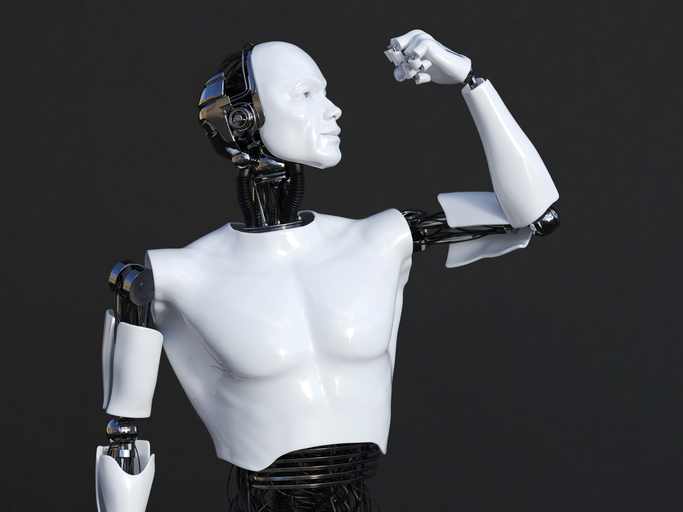 For much of 2023, it has been impossible to escape the coverage of and reaction to AI. Like some kind of science fiction film, this fast-moving technology seems to be taking over the world, triggering change on par with the internet and home computing. There is excitement, fear, speculation and uncertainty because AI is at once a technology that can change businesses for the better but also introduce risk. It has the power to enhance employee productivity and the value of their work — and also change the very nature of a job.
For much of 2023, it has been impossible to escape the coverage of and reaction to AI. Like some kind of science fiction film, this fast-moving technology seems to be taking over the world, triggering change on par with the internet and home computing. There is excitement, fear, speculation and uncertainty because AI is at once a technology that can change businesses for the better but also introduce risk. It has the power to enhance employee productivity and the value of their work — and also change the very nature of a job.
Many organizations have yet to come to terms with what AI means for them. Generative AI, a subset of AI which can create content, imagery, code and more with a few simple prompts, presents even more of a wild card. And yet, our recent survey found only 15% of digital leaders feel “very” or “extremely well prepared” for this profound technology. What can companies do to ensure they’re not swept out to sea without a life raft?
Understand the differences of AI. Traditional AI identifies patterns in existing data in order to make predictions that guide decision making. Generative AI uses existing data to create new material. Job descriptions can be written based on the analysis of previous examples. Chatbots can interact with users based on organizational data and past conversations. Many businesses are reviewing their processes to see where and how the technologies can be deployed, including eliminating administrative tasks so employees are free to pursue more productive and fulfilling activities.
Because generative AI can use proprietary data from interactions to inform future operations, its data needs to be safeguarded to protect against breaches. When businesses use an external or public access solution, they need to understand exactly where the data from each interaction is going and how it’s being used.
Regulate and protect your organization. It’s important to carefully consider when and how to use AI, both internally and externally with partners and organizations. For instance, using a chatbot to deal with sensitive customer issues could downgrade the customer experience. When using AI externally, such as sending or responding to AI-created emails, employees should use the same safety protocols as when sharing protected business data.
The report also found 88% of respondents want more AI regulation, yet 61% said tighter regulation would not solve all risks. This comes at a time when even those with the power to legislate are finding it challenging, prompting a White House response. Organizations should independently and decisively protect themselves by making core decisions now on how data will be used in all AI solutions. This doesn’t mean hard and fast rules that compromise benefits, but erecting “guard rails” — practices to guide users — to help reduce exposure.
Minimize risk. Thankfully, identifying risk is becoming easier. Google classifies AI-generated material and downgrades websites that feature it. Companies should also look at how to integrate AI detectors that flag dangers when they occur.
AI can also be designed in a manner that reduces risks. The chatbot BonBon was created as a closed system. This means its interactions become more valuable as organizations curate and improve the quality and accuracy of the data powering the chatbot. While it gets smarter with use, the data it collects and learns from stays within the organization. The company is protected yet still enjoying an increasingly valuable piece of technology.
Alongside these procedures, employees need to be trained; prior knowledge can’t be assumed. To be fully confident your employees understand AI, the basics of the technology should be explained as a matter of course.
Your business, your rules. AI is bringing about a global digital transformation — one that could far exceed the impact of technologies that have come before it. Yet just two in 10 businesses have an AI policy, and more than a third have no plans to attempt a policy at this time.
This presents an opportunity for early adopters. As generative AI evolves and your organization increasingly plans to integrate it, you should meet the challenges head on. Businesses that act now to use and understand the technology will not just have an advantage over those who don’t, but they will be ready to protect themselves from the risks associated with it.